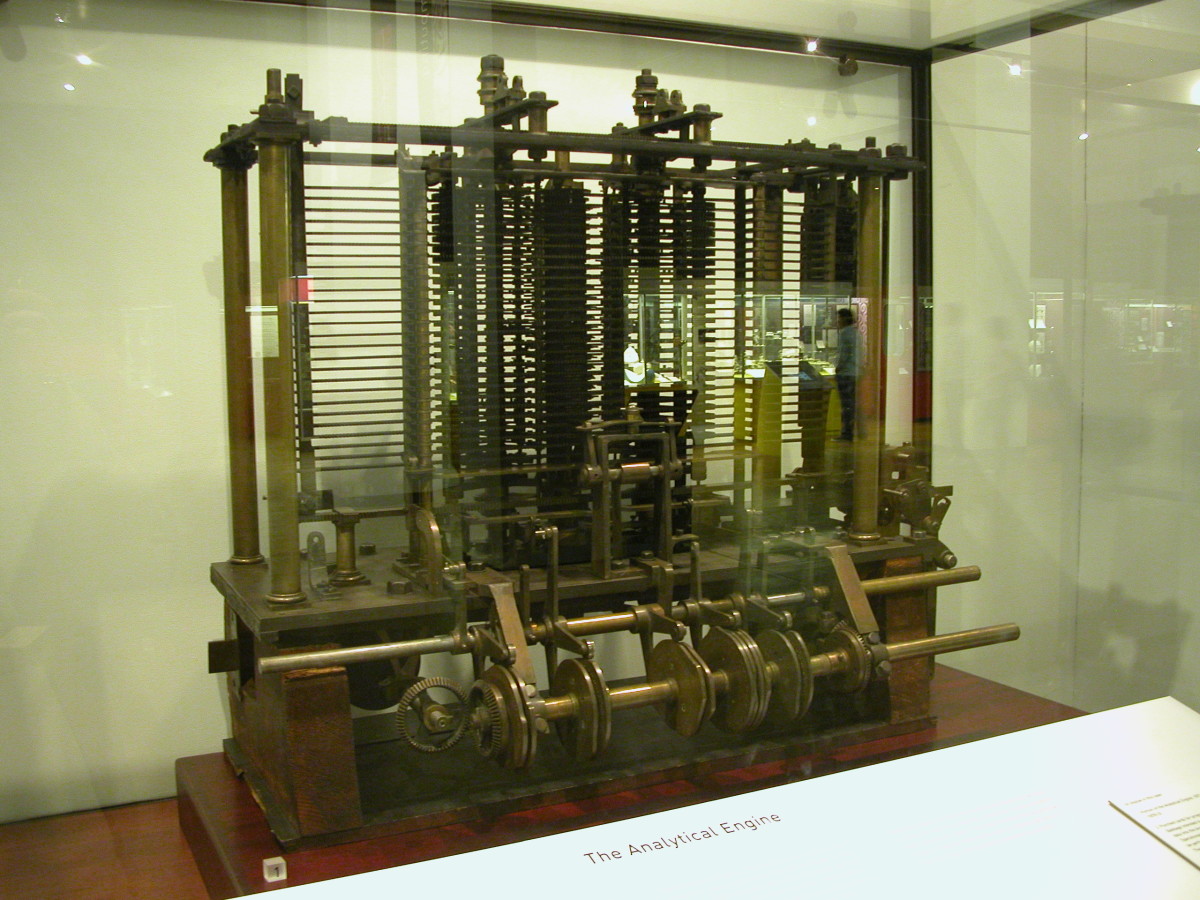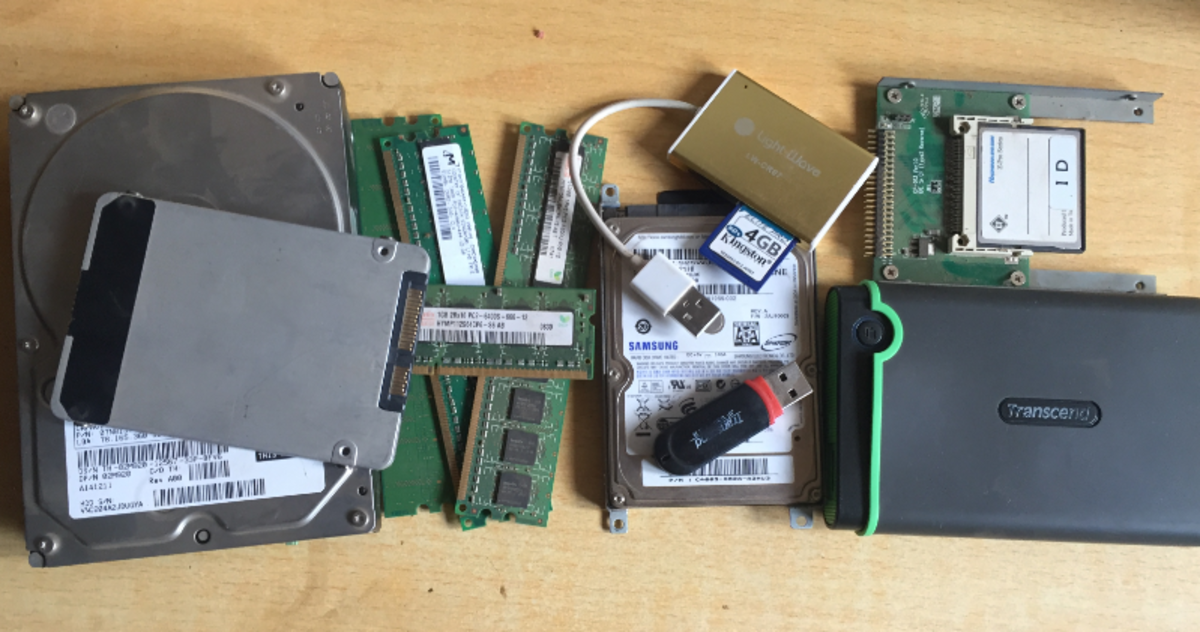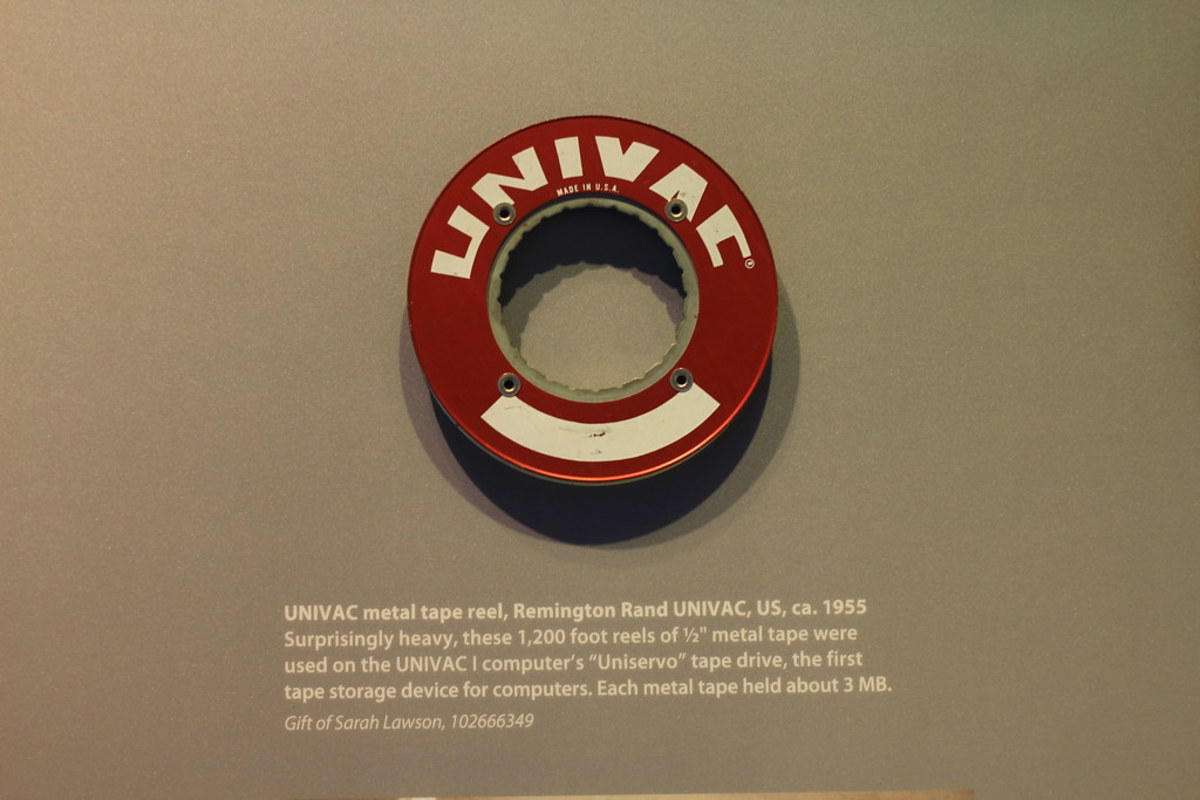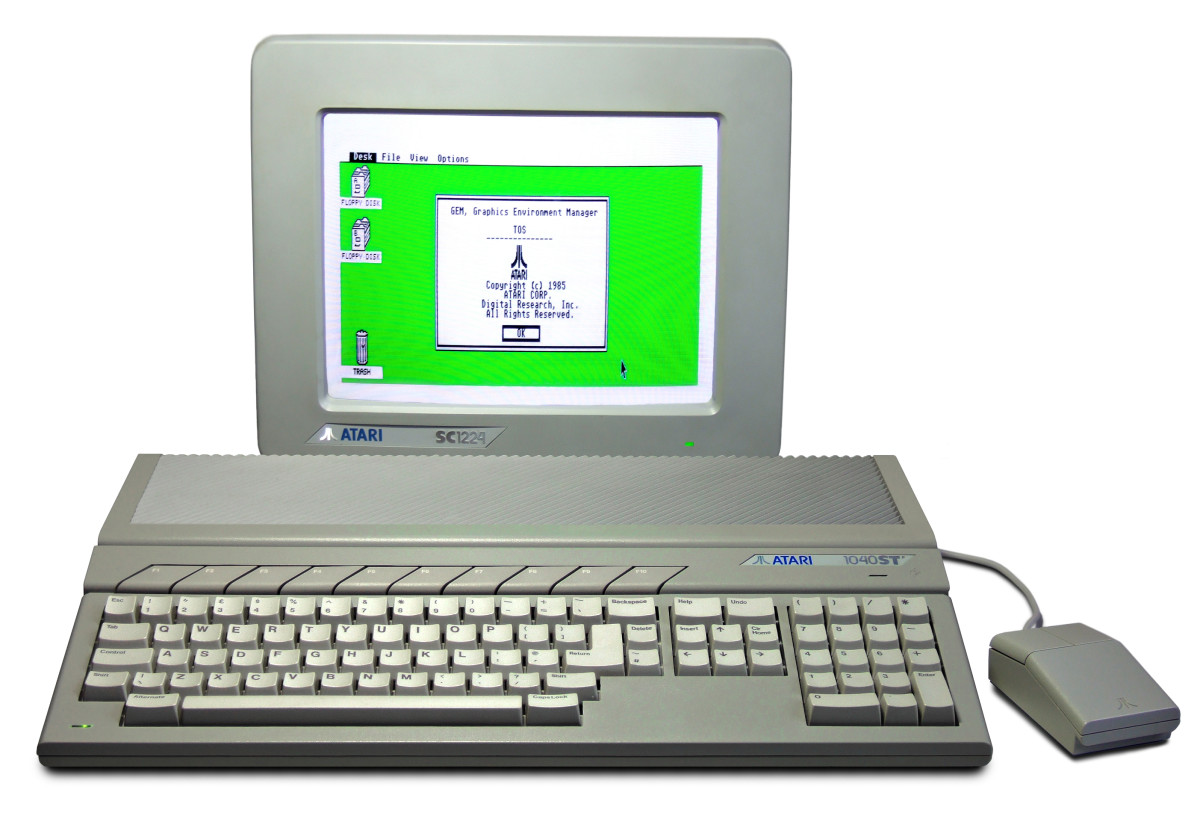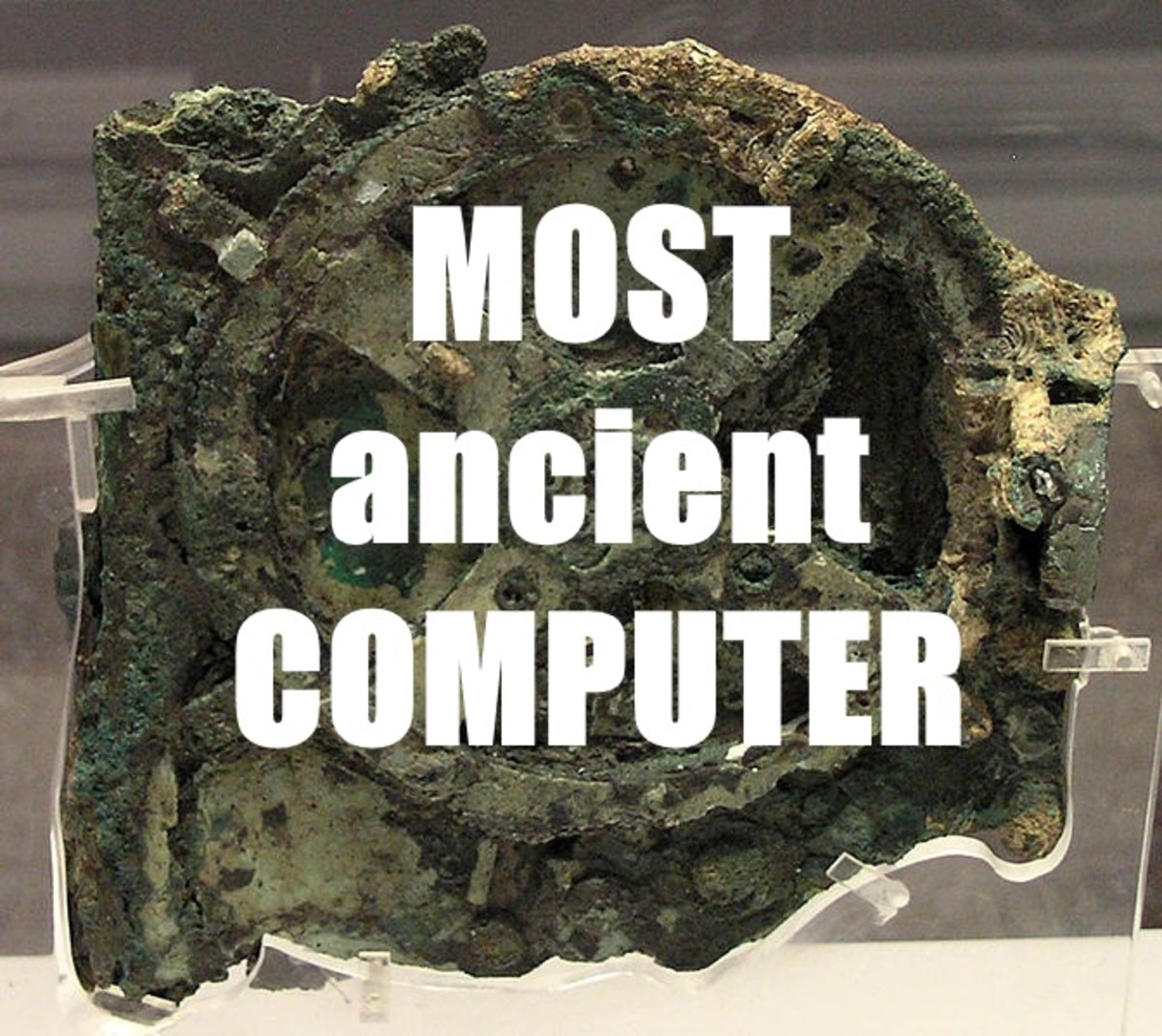Atari Falcon
The Atari Falcon
The Atari Falcon was Atari's final home computer product before they concentrated on consoles such as the Jaguar.
The machine was released in late 1992 (roughly the same time as the Amiga 1200) and ended up being the main rival to Commodore's final Amiga machine.
It was a step up from the Atari ST but it never really got the run at the market it deserved.
So let's have a look at another fine machine from a once giant name in the world of home computing...
Atari Falcon
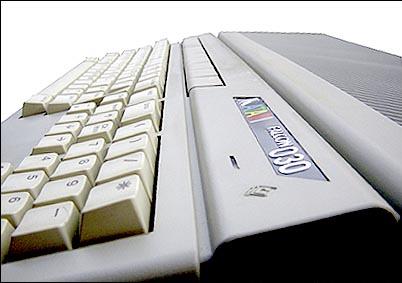
The Atari Falcon Machine...
The Falcon was released late in 1992 before being cancelled in late 1993 (so it only managed around one years worth of production) as Atari restructured itself to focus completely on the release and support of its newest gaming console, the Atari Jaguar.
The Falcon's performance was not as great as it could have been (it couldn't do the Kessler run in less than 12 parsecs ;-) ), mostly due to Atari Corp.'s decision to install the 32-bit 68030 processor on a 16-bit data bus.
This was in order to maintain close compatibility with the popular Atari ST - so it is understandable.
Atari actually created a number of prototypes of the Falcon 040 (based on the more capable integrated Motorola 68040 CPU), but cancelled development to allow the Jaguar the full attention they thought it needed.
Shortly after release Atari bundled in with the Falcon the MultiTOS Operating system in addition to standard TOS. The TOS remained in ROM, and MultiTOS was supplied on floppy disk and could be installed to boot from hard disk if desired.
In 1995 the music company C-LAB bought the rights to the Falcon hardware design and began creating their own versions of the machine.
The Falcon Mk I was a direct continuation of Atari's Falcon030 with TOS 4.04.
The Falcon Mk II addressed a number of shortcomings in the original design, making it a more suitable piece of kit for use in a recording studio (these were unofficially termed 'Cubase modifications') .
Today, the machine has ended up being one of Atari's most popular machines for enthusiasts and 'modders'. Due to the excellent expansion capabilities of the machine several accelerators have been produced, some of which overclock the CPU and / or the BUS, while others upgrade the CPU to a faster 68060.
As a result many Falcon's are available to purchase second hand which have already been modded to the max, making them ideal for retro gaming as well as music creation.
Rave - A Clone Of Eliminator on the Atari Falcon
The Atari Falcon Techie Bit
The heart of the machine was a Motorola68030 CPU running at 16 MHz.
Contrary to what the was suggested at the time, the Falcon is not a real 32-BIT machine because it succeeded the 16-BIT Atari ST and resumed similar architecture of the16-bit data bus and address bus of 24 bits.
Besides the expansion slot is a bus 68000 and not 68030. Only the Videl video processor was interfaced with the 32-BIT RAM.
Performance-wise the machine did not benefit fully from burst mode and its cache memory of 2 × 256 bytes was not quite enough to overcome these downsides.
But enough of the minuses, on to some plusses!
A real innovation (for the time) was Videl. The possibilities offered by the graphics processor are limited only by its frequency (25/32 MHz core and could rise to 50 MHz with a hardware accelerator) and the slowness of the RAM due to the graphics memory being shared with system memory. This degraded performance when high resolutions were used.
The parameters are numerous. Each timing of a video line (beginning, end, etc...) is adjustable, the image may be interlaced or not and the vertical frequency can go down to 50 Hz interlaced to display on TV. Talk about customization!
The number of colors was also adjustable and operated Bitplane - which means that the bits of each color component were organized for the sake of compatibility with the previous generation of machines, but this mode was quite complex to manage. But manageable it was!
There was also a true color mode (in 16 BITS) where the levels of red, green and blue were directly wrote to display 65,536 colors simultaneously.
Another innovation in the Falcon was the adoption of the IDE in addition to the SCSI for managing hardware components such as the CD-ROM drive and any hard drives installed.
A nice and compact Atari Falcon
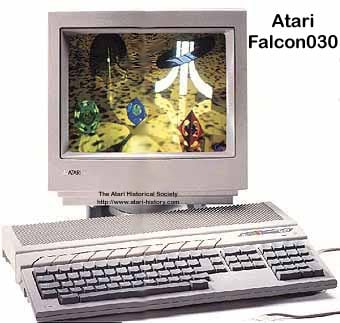
The Atari Falcon Was A Proper Multimedia Computer
So the Falcon was a true multimedia computer that never received the push it should have had.
Graphically it was very good and sound-wise it was better equiped than it's rival the A1200. With it's expansion capabilities it was suitable for gaming, music creation, graphics and drawing and could even be used for 'business' type operations.
It's a shame that both Atari and Commodore machines came to an end around the mid 1990s, who knows what might have been if both had been marketed correctly.
Atari Falcons are less abundant than other Atari hardware - but music and demo enthusiasts still use them a lot to this day. That tells you all you need to know about this lesser known and lesser used machine.
Moon Games Running On The Atari Falcon
Gaming on the Atari Falcon
Just like the A1200 and Amiga CD32, not many games (not nearly enough!) were released to utilise the hardware potential of the machine.
Older Atari ST games would run at a faster clip on the new machine, but very little took advantage of the increased graphical power and better sound hardware.
A real shame, but there are some noteworthy titles worth checking out...
A Supber Demo Of The Atari Falcon's Capabilities
ZERO 5 On The Atari Falcon
ZERO 5 On The Atari Falcon
A great 3D arcade type game on the machine was called ZERO 5.
It combined classic 3D blasting action with a touch of strategy. Throw in the superb sound effects, music and voice overs and you were onto a winner.
One for the seasoned player as it was by no means easy! ZERO 5 is a great combination of different gaming styles...
Spice on the Atari Falcon
Spice - A Defender Clone for the Atari Falcon
Spice was a version of the arcade classic, Defender.
It was a nice and playable version of the (by then) retro game and to be fair does not highlight the full capabilities of the machine.
All of the classic Defender features are in there and the scenery shifts around smoother than a silky smooth thing from smoothesville.
Still, if you like Defender (and who doesn't?) then you won't go far wrong.
A great version of a true classic.
Useful Retro Links
- Acorn Atom
The Acorn Atom was the ancestor to the BBC series of computers - Acorn Electron
The Electron was an 8-bit Micro manufactured by Acorn - Amiga Games
The best in 16-bits! - Asteroids Game
Asteroids (along with the seminal Space Invaders) must be one of the most famous arcade games of all time - Atari 2600
The classic cart based console from 1977 - Atari 5200
The console that was marred by poor controllers - Atari ST
The Atari ST was a 16-bit home computer that was commercially available from 1985 through to the early 1990s - BBC Micro
The BBC monikered machine from Acorn, known as the BBC micro - Best PC Games
PC Gaming - get the best in online games - Crash Magazine
Crash magazine was one of the most popular monthly magazines available covering the best 8-bits money could buy - Dragon 32
The Dragon 32 was an 8-bit home computer launched back in August of 1982 - Funny Games
Funny stuff on all machines - Games Online
Games Online - one of the phenomenons of the modern internet - Miniclip Games
If you are into games online then miniclip games might well be just for you - Ocean Software
Ocean Software - one of the all time great software development houses - Oric 1
The Oric 1 was a British computer that gained reasonable popularity in Europe - Oric Atmos
The Oric Atmos was a British 8-bit computer that superseded the Oric 1 - Pacman Game
Who can forget the year of 1980 when Pac-man first appeared in the amusement arcades? - Space Invaders
Space Invaders, an all time classic - Tetris
Tetris is the all time classic puzzle game that spawned many sequels and clones. The Game Boy version remains a firm favourite - ZX80
The Sinclair ZX80 - ZX81
The Sinclair ZX81 - ZX Spectrum
The best in 8-bits - ZZap 64 Magazine
ZZap 64 magazine was one of the most popular monthly magazines available covering the C64


